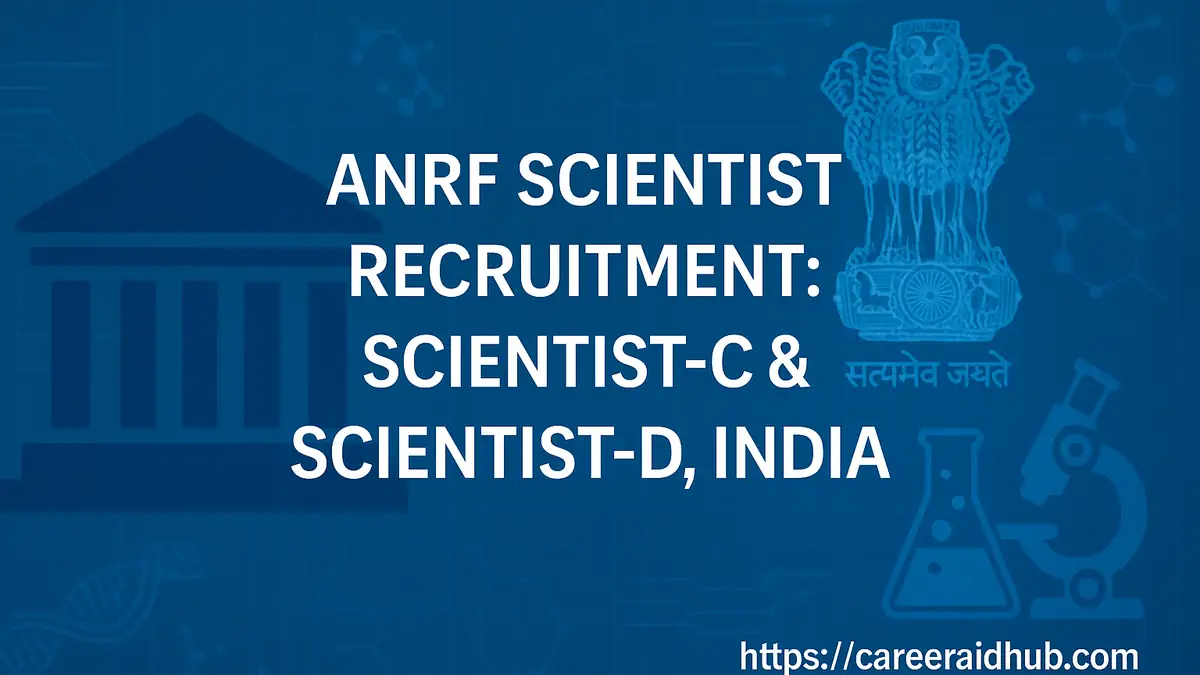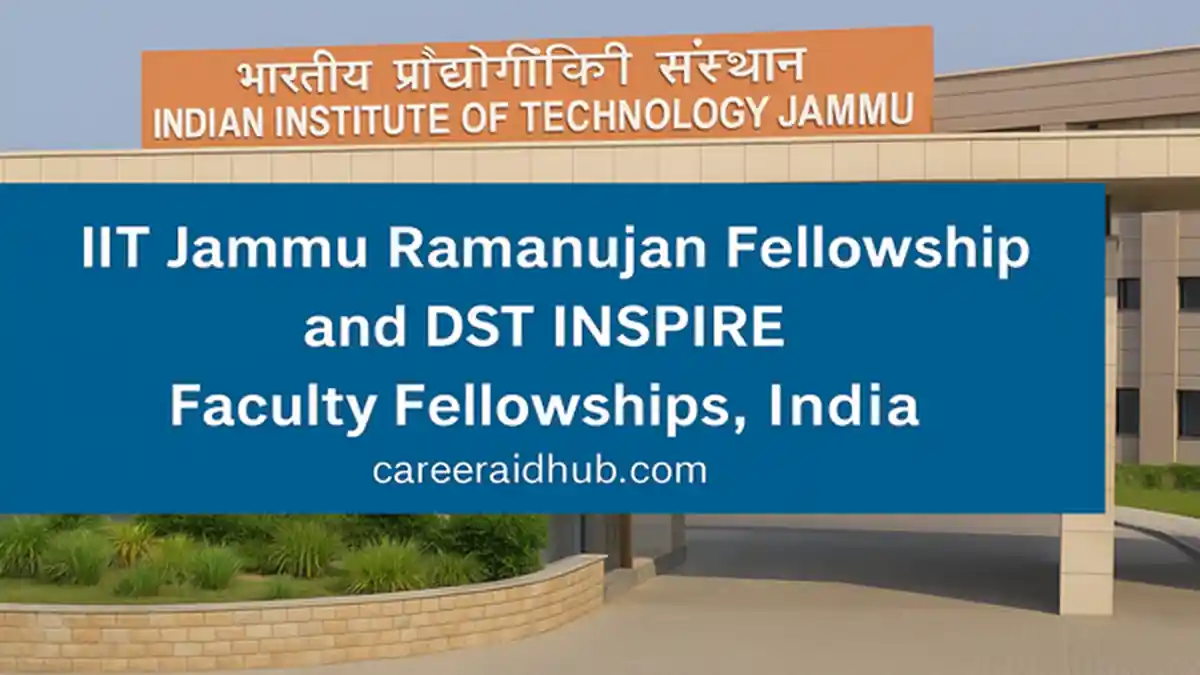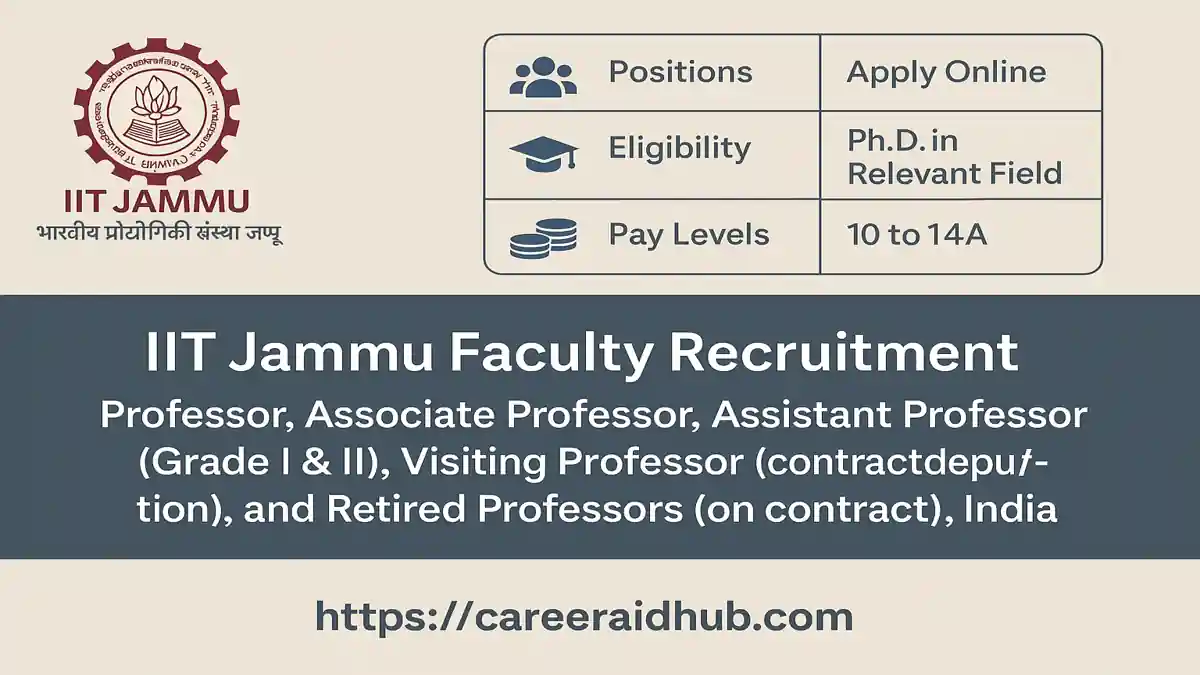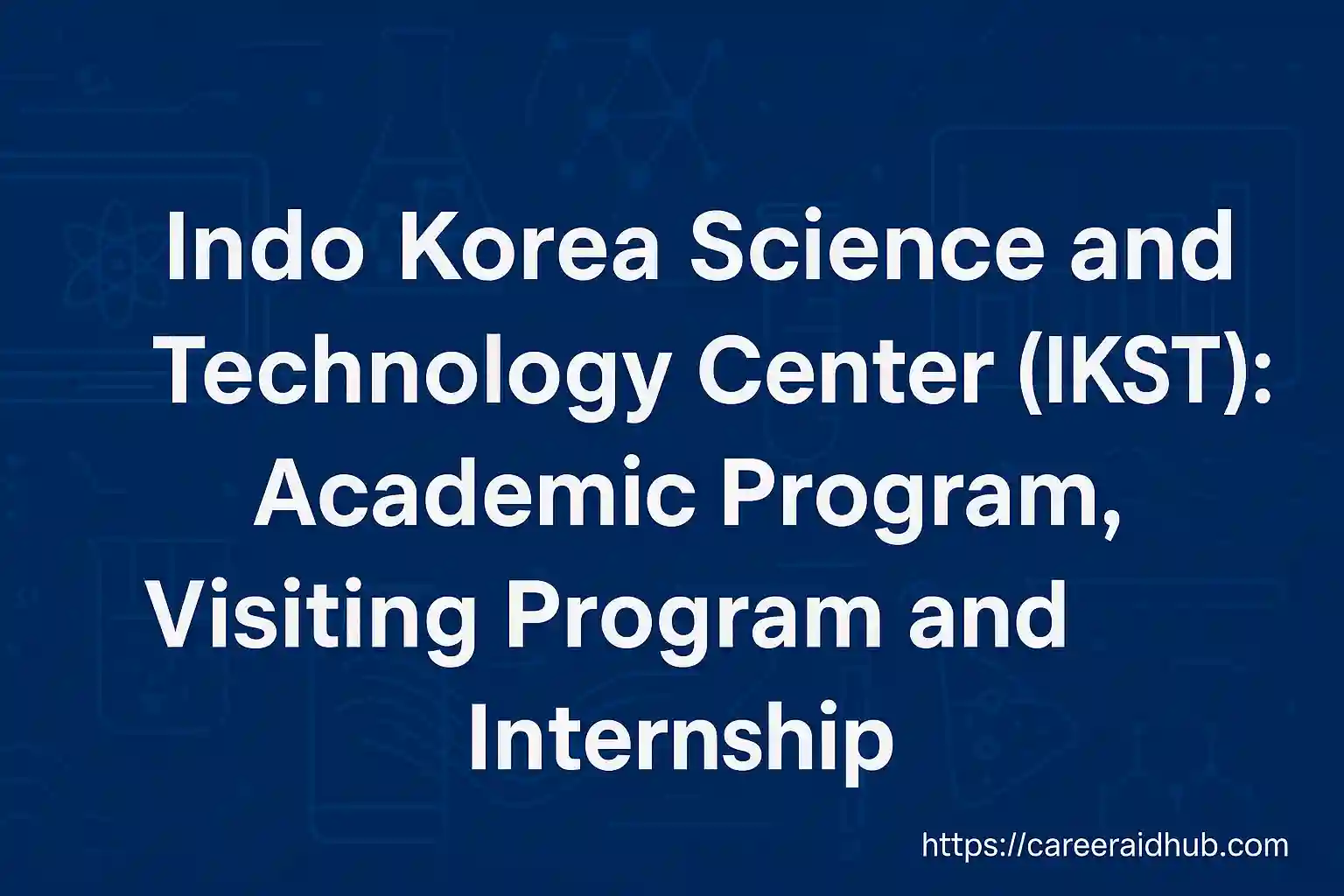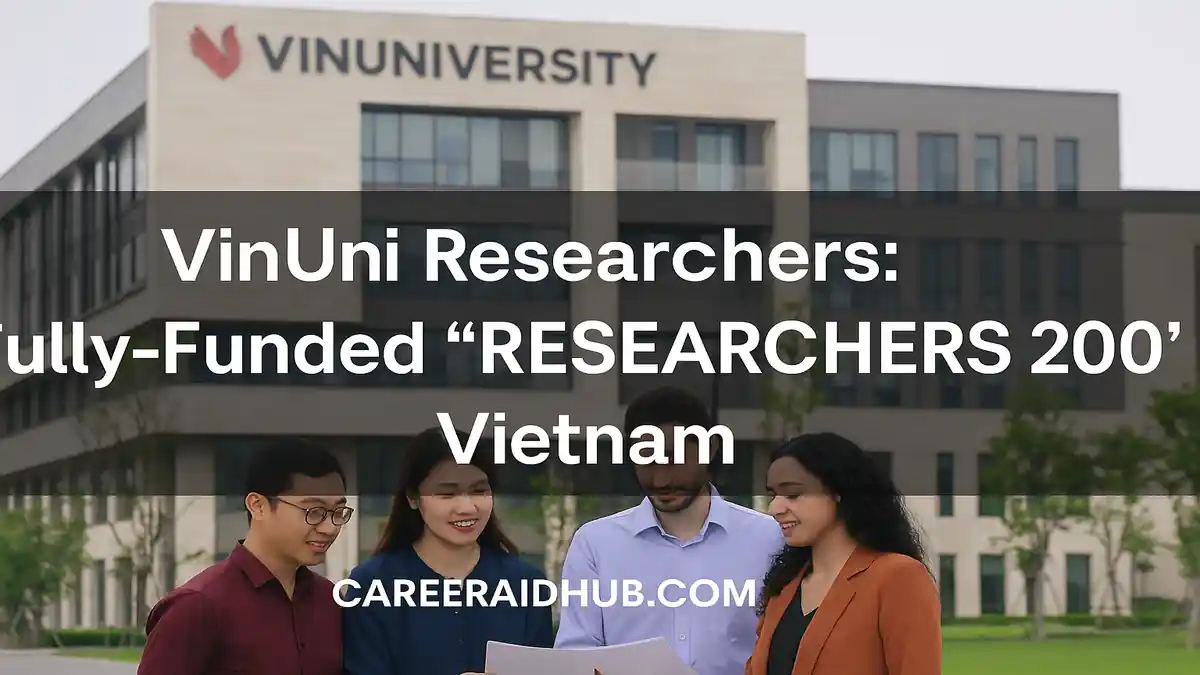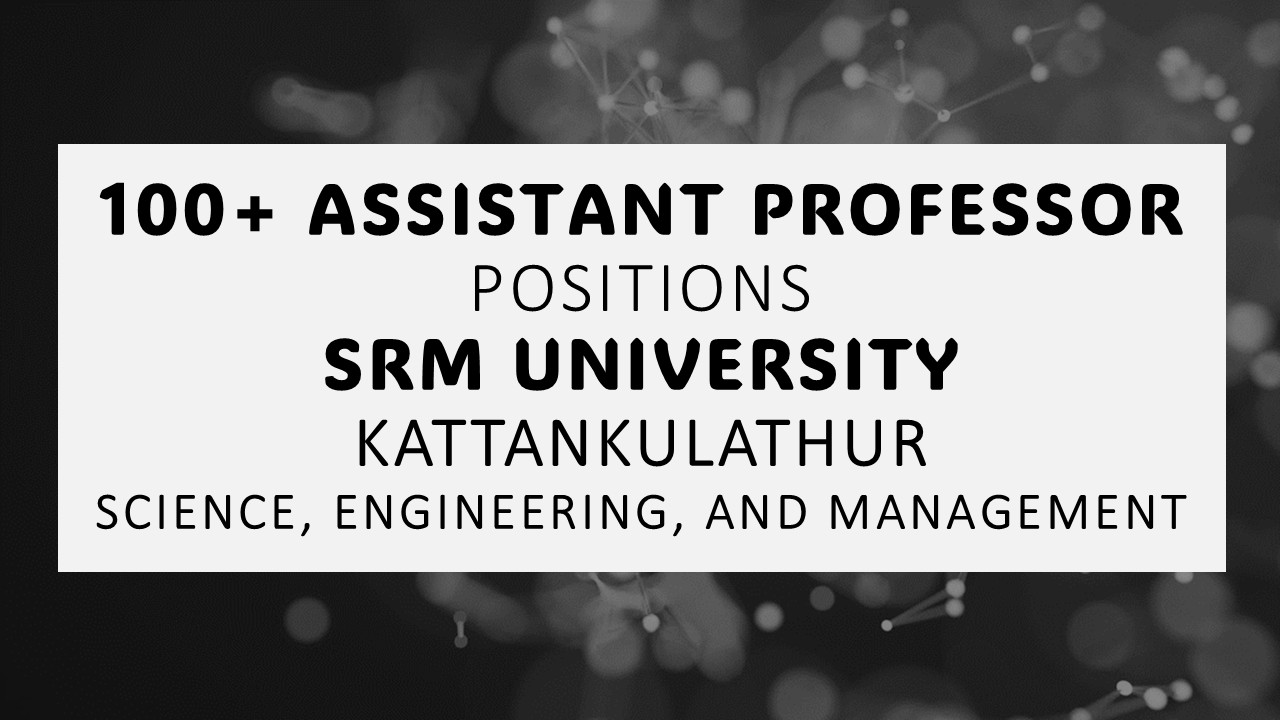ANRF Scientist Recruitment: Scientist-C & Scientist-D (Eligibility, Process, Forms, Deadlines)
Apply confidently to the Anusandhan National Research Foundation’s Scientist-C and Scientist-D posts (Publication Date: 15th October). This guide preserves every requirement—vacancies, pay levels, eligibility, experience, age limits, forms, deadlines, selection rules, and checklists—while explaining each step for clarity and compliance. Always cross-verify with the official notification before submission.
What’s open right now
-
-
Scientist-D: Level-12 (₹78,800–2,09,200). 2 posts; mode: Deputation/Direct; category: UR-2.
-
Scientist-C: Level-11 (₹67,700–2,08,700). 5 posts; mode: Direct; categories: UR-2, OBC-1, SC-1, ST-1; 1 post reserved PwBD (horizontal).
-
Context & clarity:
“Level-11” and “Level-12” refer to the Central Government pay matrix under the 7th CPC. The category distribution (UR/OBC/SC/ST) and horizontal PwBD reservation must be applied exactly as advertised. For deputation and direct recruitment tracks, eligibility criteria and age limits differ; candidates should map their experience to the correct route before preparing documents.
Essential eligibility (summary)
-
-
Scientist-D (Direct): Master’s in disciplines listed (Schedule I) or 4-year Bachelor’s (Schedule II) + 8 years R&D experience; PhD desirable; upper age 40 for direct; deputation max 56.
-
Scientist-C (Direct): Master’s (Schedule I) or 4-year Bachelor’s (Schedule II) + 4 years R&D experience; PhD
desirable; upper age 35.
-
Context & clarity (expanded):
“Schedule I/II” denote the prescribed degree streams in the rules for scientific posts. Experience is counted in recognized R&D roles—university labs, national institutes, accredited industry R&D, or mission-oriented S&T programs—consistent with central recruitment rules. When offered, PhD desirable strengthens the profile but is not mandatory unless specifically stated. Upper-age limits reflect the route (direct vs deputation) and applicable government relaxations for reserved categories, ex-servicemen, and PwBD, as per rules in force.
Notes on counting PhD time toward experience and other general conditions are specified in the notification; read the notes carefully before applying.
How to apply
-
-
Application mode: Offline (Speed Post) in the prescribed Annexure (separate forms for Scientist-D and C).
-
Address: Director, ANRF, 4th Floor, Block-II, Technology Bhawan, New Mehrauli Road, New Delhi-110016. Superscribe: “APPLICATION FOR THE POST OF SCIENTIST-D/SCIENTIST-C”.
-
Timeline: Within 45 days of publication in Employment News/Rozgar Samachar (60 days for specified remote areas). Late/incomplete applications are rejected.
-
Through proper channel (if already in Govt/PSU/Autonomous/University etc.) with NOC, vigilance clearance, APARs, etc. Originals to be produced at interview.
-
Context & clarity (expanded):
“Within
Good practice:
Create a single PDF set for your records (forms + annexures + self-attested proofs). Track Speed Post consignment and keep delivery proof.
Selection & panel
-
-
Shortlisting by a Screening Committee; interviews may include online/absentia consideration for overseas candidates (at ANRF’s discretion). A select/wait list remains valid for 12 months for arising vacancies. Travel reimbursement: 2AC both ways for outstation interviewees (on proof).
-
Context & clarity (expanded):
Shortlisting weighs essential qualifications, relevant R&D experience depth, and alignment with ANRF’s mission portfolios. 2AC reimbursement follows government norms and requires original travel proofs. A 12-month panel allows ANRF to fill vacancies that arise later without repeating the entire cycle, subject to rules.
Parallel/related recruitment (deputation routes)
-
-
Separate notification covers Scientist-G, Director, Under Secretary, Accounts Officer via deputation; age limits and process outlined; apply within 30 days of Employment News publication to the same address.
-
Context & clarity (expanded):
Deputation posts follow DoPT norms on tenure, vigilance, and cadre clearances. Applicants should confirm parent-cadre forwarding, cooling-off (if any), and pay-protection conditions. Timelines for deputation notices are shorter (often 30 days) than direct recruitment, so route documents early.
Quick checklist (ready to use)
-
-
Pick the correct Annexure form (D or C) and fill all fields—do not leave blanks.
-
Attach self-attested proofs: DOB, educational qualifications, experience, caste/PwBD (if applicable).
-
If serving in Govt/PSU/Autonomous/University, route through proper channel with NOC and APARs.
-
Superscribe envelope correctly and send by Speed Post to reach within the stipulated window.
-
Context & clarity (expanded):
Cross-verify name formats across certificates; mismatches delay verification. For experience, include duty-details letters specifying R&D roles, technologies, and duration. For PwBD and reservation benefits, attach the latest prescribed-format certificates. Keep photocopies and digital scans for future reference.
Next cycle outlook (month–year only):
Based on recent advertising patterns for central S&T scientist posts, the next cycle announcement is anticipated around
Expert tips to strengthen your application (backlink-friendly insights)
-
-
Map experience to outcomes: Describe R&D outputs—patents, prototypes, validated methods, TRL milestones, or peer-reviewed papers—with dates and roles.
-
Quantify leadership: For Scientist-D, highlight lab stewardship, grant management, mentorship counts, and cross-institutional collaboration.
-
Align with mission portfolios: Briefly indicate how your domain advances national S&T missions (health, materials, clean energy, AI/quant, space-ocean).
-
Document integrity: Provide clear timelines, project codes, and appointing authority orders to establish uninterrupted experience.
-
Interview readiness: Prepare 5-minute crisp summaries of your two strongest projects, focusing on problem framing, method, validation, and policy/industry impact.
-
Review & update cadence
-
-
Editorial review: Quarterly updates (Jan, Apr, Jul, Oct) or immediately upon a new Employment News notice.
-
Data verification: Cross-check pay levels, post counts, reservation matrix, and timelines with the official PDF before republishing updates.
-
Change log: Maintain a changelog at the page end to track revisions for compliance and transparency.
-
Introduction citation (official)
The details herein are presented exactly as notified in the official recruitment advertisement and related instructions, with explanatory notes added solely for clarity.
Conclusion & call to action (with official citation)
To apply correctly: download the prescribed Annexure, assemble complete proofs, route through proper channel where required, and dispatch by Speed Post within the stipulated window from the Employment News issue. For authoritative updates and corrigenda, always consult the official ANRF pages.
Feature Table (at-a-glance)
| Feature | Details |
|---|---|
| Program Name | Scientist-C and Scientist-D Recruitment (Group ‘A’ Scientific Posts) |
| Host Country | India |
| Funded By | Anusandhan National Research Foundation (Government of India) |
| Duration | Permanent posts as per recruitment rules; probation as per GoI norms |
| Study Mode | Not applicable (regular scientific posts; full-time service) |
| Eligibility | As notified: Schedule-I/II degrees with 4/8 years R&D experience (C/D), age limits, and other conditions |
| Financial Support | Pay Matrix Level-11 (Scientist-C) / Level-12 (Scientist-D) plus admissible allowances per GoI rules |
| Fields of Study | As per Schedules and organizational mandates (science, engineering, and allied domains) |
| Deadline |
Within 45 days of Employment News publication (60 days for specified remote areas) Publication Date: 15th October |
| Official Website | Detailed Advertisement — Scientist-D and Scientist-C (ANRF) |
References (official URLs only)
Detailed Advertisement — Scientist-D and Scientist-C (ANRF)
Frequently Asked Questions
You need a Schedule-I/II degree and at least four years of recognized R&D experience. Additionally, meet age, reservation, and document norms specified in the notification.
You need a Schedule-I/II degree and eight years of recognized R&D experience. Moreover, the direct recruitment upper age is 40, with deputation age up to 56.
Yes, but only as per the official notes. Therefore, check the notification’s experience-counting clause and attach supporting proof from your institution or employer.
Count forty-five days from the Employment News publication week’s last day. For specified remote areas, however, count sixty days. Always verify the issue date.
Attach self-attested DOB proof, degrees, experience certificates detailing R&D roles, category/PwBD certificates, and identity proof. Also include APARs and NOC when applying through proper channel.
Scientist-C follows Pay Matrix Level-11; Scientist-D follows Level-12. In addition, admissible allowances apply under Government of India rules and organizational policies.
A Screening Committee evaluates eligibility, R&D experience, and role fit. Subsequently, shortlisted candidates attend interview; ANRF may allow online/absentia interviews at its discretion.
Yes, ANRF typically reimburses 2AC train fare for outstation candidates after submission of original proofs. Consequently, retain tickets and invoices to claim reimbursement.
Direct recruitment appoints external candidates meeting age and experience norms. Conversely, deputation draws from serving officers, following DoPT rules, tenure conditions, and cadre clearances.
Premium Mentorship for a Stronger Application
- Premium Mentorship: personalised 1:1 guidance for this and similar opportunities
- In-depth review of your CV, academic profile, and key statements
- Aligned with international selection criteria so your profile matches what panels expect
- Stronger, more compelling narrative for highly competitive calls
- Step-by-step support from opportunity mapping to final submission (fee-based)

